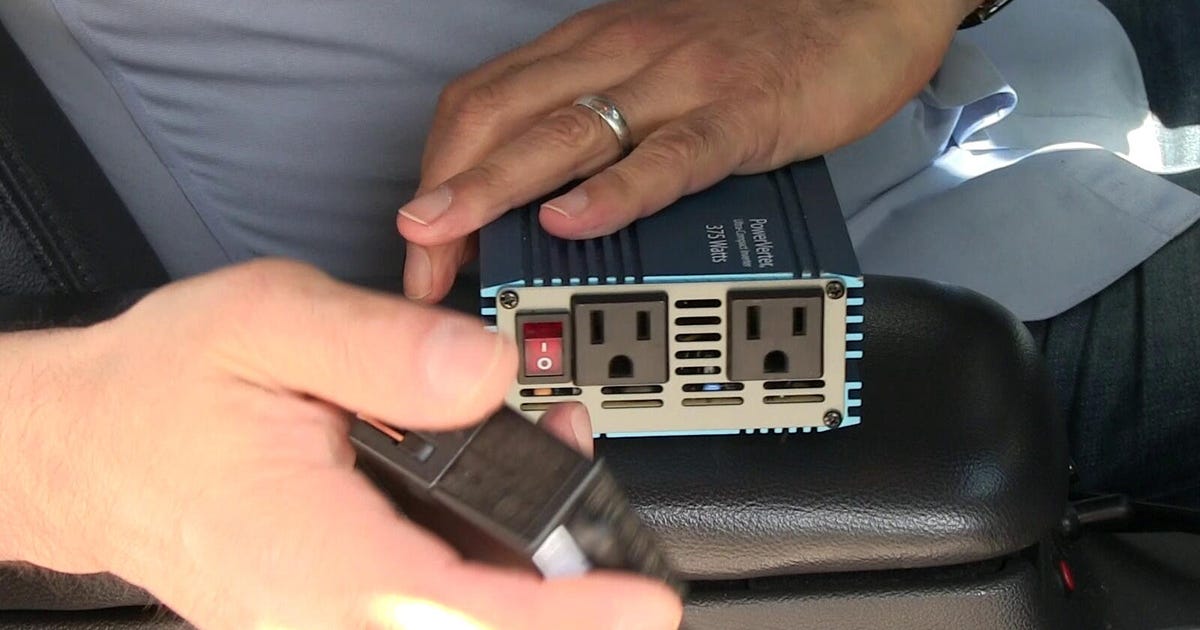An automobile voltage regulator controls the voltage produced by the car's alternator to recharge the battery. The regulator forces the alternator to maintain a voltage of between 13.5 volts and 14.5 volts. This is sufficient to recharge the battery safely while protecting the electrical circuits and components of the car, including the wiring system, lights, motors that drive power accessories and stereo.
Starting the Engine
Voltage from the battery starts the car when the ignition switch is turned. Voltage pours through the starter to get the car running by causing a controlled explosion in the engine combustion chamber.
Powering the Alternator
Once the car is running, a drive belt causes a spinning rotor to turn inside the alternator, which acts like a generator to produce power. The power moves from the alternator to the battery by way of the voltage regulator.
Activating the Voltage Regulator
The electricity passes through the voltage regulator, which turns the alternator on and off, depending on the voltage level at any given time. If the voltage in the battery falls under 13.5 volts, the regulator's voltage sensor closes the circuit to the alternator. This delivers electrical current to the field terminal of the alternator, causing it to switch on and deliver a charge to the battery. Some regulators use electromechanical components that cause a physical break in the circuit to stop the flow of power. These are found mainly in older automobiles. Others regulators depend on electronic components to pause and start the voltage flow.
Controlling the Voltage Using the Regulator
When the voltage in the battery reaches 14.5 volts, the voltage regulator sensor turns off the flow of current from the alternator, which stops providing electricity to the battery. This prevents the battery from overcharging, and possibly exploding or burning out.
